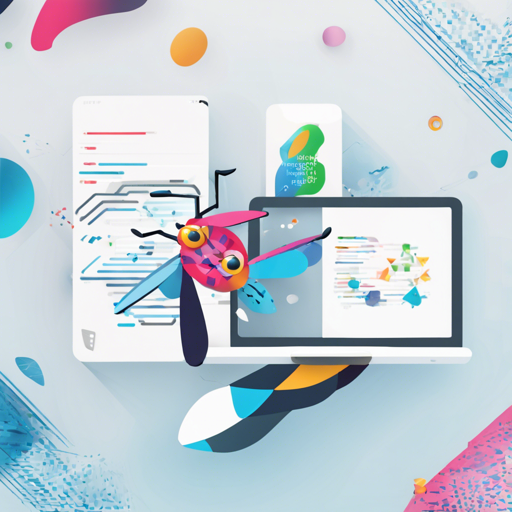Bugly is an exceptional crash reporting tool that assists developers in monitoring crashes and exceptions in their Flutter applications. In this guide, we will walk you through the necessary steps to implement Bugly for both Android and iOS, ensuring that you can keep track of your app’s health efficiently.
Getting Started with Bugly
- Make sure you have Flutter installed on your machine.
- Set up an account and create a Bugly project for your app on the Bugly website.
- Gather your Bugly App IDs for both Android and iOS.
Installing the Flutter Bugly Package
To begin, you will need to add the Bugly dependencies to your Flutter project. In your pubspec.yaml, include the following:
dependencies:
flutter_bugly: lastVersion
flutter_bugly_play: lastVersionSetting Up Android
Next, you will need to configure your Android project to utilize Bugly. In your android/app/build.gradle file, make sure to include:
android {
lintOptions {
checkReleaseBuilds false
}
defaultConfig {
ndk {
abiFilters 'armeabi-v7a'
}
}
}Integrating Bugly in Your Code
Now, it’s time to implement Bugly in your Dart code. Inside your main Dart file, follow these steps:
import 'package:flutter_bugly/flutter_bugly.dart';
void main() {
FlutterBugly.postCatchedException(() {
WidgetsFlutterBinding.ensureInitialized();
runApp(MyApp());
FlutterBugly.init(
androidAppId: 'your_android_app_id',
iOSAppId: 'your_ios_app_id',
);
});
}
Exception Handling with Bugly
To effectively manage exceptions in your app, use the Zone-based approach as below:
runZonedGuarded(() async {
WidgetsFlutterBinding.ensureInitialized();
runApp(MyApp());
}, (exception, stackTrace) async {
FlutterBugly.uploadException(
message: exception.toString(),
detail: stackTrace.toString()
);
});Building Your App for Release
Once you are set, you can build your Flutter app for release using the commands below:
flutter build apk --release --target-platform android-arm64
flutter build apk --release --target-platform android-armTroubleshooting Common Issues
If you encounter any issues while integrating Bugly, consider the following troubleshooting steps:
- Check if the App IDs are correctly set up in your code.
- Ensure that all Gradle dependencies are correctly added to your
build.gradlefiles. - Verify that your Android SDK version is compatible with the Bugly package.
- If you face a Zone mismatch error, ensure that the Flutter initialization function is correctly placed.
For more insights, updates, or to collaborate on AI development projects, stay connected with fxis.ai.
Conclusion
By following the steps outlined in this blog, you can successfully integrate Bugly into your Flutter project. This not only helps in monitoring app crashes but also ensures that you can swiftly respond to user issues, enhancing the overall user experience.
At fxis.ai, we believe that such advancements are crucial for the future of AI, as they enable more comprehensive and effective solutions. Our team is continually exploring new methodologies to push the envelope in artificial intelligence, ensuring that our clients benefit from the latest technological innovations.
A Quick Analogy for a Clear Understanding
Think of Bugly as a vigilant security guard for your Flutter application. Just like a guard watches over a property to report any intrusions or issues, Bugly keeps a watchful eye on your app, promptly reporting crashes and bugs. When a problem occurs, Bugly sends a detailed report, allowing you to address the issues swiftly so your users can enjoy a seamless experience. Without Bugly, it’s like running a store without a security guard – you wouldn’t know when something goes wrong until customers start complaining.

